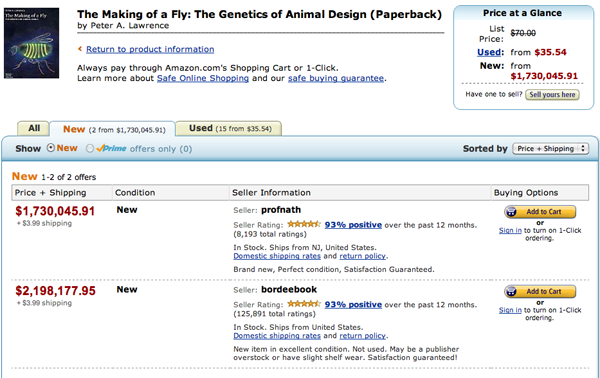Ars Technica looks back on the long, long history of Microsoft’s Windows XP:
Windows XP’s retail release was October 25, 2001, ten years ago today. Though no longer readily available to buy, it continues to cast a long shadow over the PC industry: even now, a slim majority of desktop users are still using the operating system.
Windows XP didn’t boast exciting new features or radical changes, but it was nonetheless a pivotal moment in Microsoft’s history. It was Microsoft’s first mass-market operating system in the Windows NT family. It was also Microsoft’s first consumer operating system that offered true protected memory, preemptive multitasking, multiprocessor support, and multiuser security.
The transition to pure 32-bit, modern operating systems was a slow and painful one. Though Windows NT 3.1 hit the market in 1993, its hardware demands and software incompatibility made it a niche operating system. Windows 3.1 and 3.11 both introduced small amounts of 32-bit code, and the Windows 95 family was a complex hybrid of 16-bit and 32-bit code. It wasn’t until Windows XP that Windows NT was both compatible enough — most applications having been updated to use Microsoft’s Win32 API — and sufficiently light on resources.
In the history of PC operating systems, Windows XP stands alone. Even Windows 95, though a landmark at its release, was a distant memory by 2005. No previous PC operating system has demonstrated such longevity, and it’s unlikely that any future operating system will. Nor is its market share dominance ever likely to be replicated; at its peak, Windows XP was used by more than 80 percent of desktop users.




